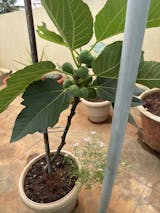My Store
Chicago Hardy Fig Tissue Culture Plants "Ficus carica"
Chicago Hardy Fig Tissue Culture Plants "Ficus carica"
Couldn't load pickup availability
Chicago hardy fig
The Chicago Hardy Fig Tree is similar to the Brown Turkey Fig but better. If you live in an area with a cold climate, you can stop dreaming about eating figs, and start growing them! This tree can withstand temperatures down to -10 degrees and will provide just as many figs as Brown Turkey, and possibly more •
We can Grow these Figs almost Anywhere in INDIA, its Drought Tolerant and Pest Resistant and Produce a Large Crop Every Year.
Have Sweet Figs by July
Grows to a mature height of 15-30 feet with large green leaves. The Chicago Hardy Fig Tree is self-fertile and will produce sweet coffee-colored golf ball-sized figs. They have a bright appetizing strawberry flesh and an addictive flavor. You will produce succulent figs that will become so addictive.
Health Benefits
You get rich, juicy, and sweet figs, which promote bone density, and are high in fiber, magnesium, copper, and potassium which helps lower blood pressure. If you smash dried leaves and figs from your tree, they can be used as a natural remedy to relieve sore throats. But wait, it doesn't stop there. Figs also have powerful antioxidants believed to help fight off disease.
Self-Fruitful Trees Don't Need Cross-Pollination
Many types of fruiting trees can't set fruit unless they're cross-pollinated by another tree, which means you have to purchase at least two trees. But a fig tree is different '– it's "self-fruitful," which means that it can bear fruit without any pollinating help from a companion tree.
Carefree Tree
Early homesteaders would commonly have several fig trees. They are naturally pest and disease-resistant and provide a reliable crop year after year. The Chicago Hardy is one of the tastiest no-fuss fig trees that you can grow. It's drought-tolerant, meaning it can withstand dry climates and limited watering. It also adapts to various soils as well!
Plant more than one tree and enjoy figs year-round.
Site and Soil:
Figs do well in a variety of soils but require at least 8 hours of sunlight during the growing season.
Pollination Requirements: Self-fruitful.
Bearing Age: 1-2 years after planting.
Size at Maturity: 10-12 ft. in height, smaller with pruning.
Taste: Sweet
Fruit Skin: Purplish-brown
Fruit Flesh: Pink to strawberry red flesh
Bloom Time: Flowers are not noticeable as they are inside the fig.
Ripening Time: July and September.
Yield: 5-15 kg. in a single growing season
Pests & Diseases: Figs are not bothered by pests in our region. Cover plants with netting if birds are a problem. Fig Mosaic Virus is a benign virus that exists in all cultivated fig trees. Yellow spotting of the leaves is a cosmetic symptom that shows more in container culture but is quickly outgrown once trees are planted in the ground.
Harvest
Once your fig tree is mature and producing, you should see a harvest of delicious figs from around July through early September each year. A single Chicago hardy Fig tree can produce as much as 5-15 kg. fig in a single growing season, so be ready for quite the harvest!
Container Planting
If you live in an area with heavy winters or have a small yard, consider planting your fig tree in a container. With proper pruning, it can grow up to 10 feet tall. Be sure to bring it inside when the weather freezes and place it in a sunny warm spot. While your container tree probably won’t produce fruit, it will still provide ornamental value to your surroundings.
Share

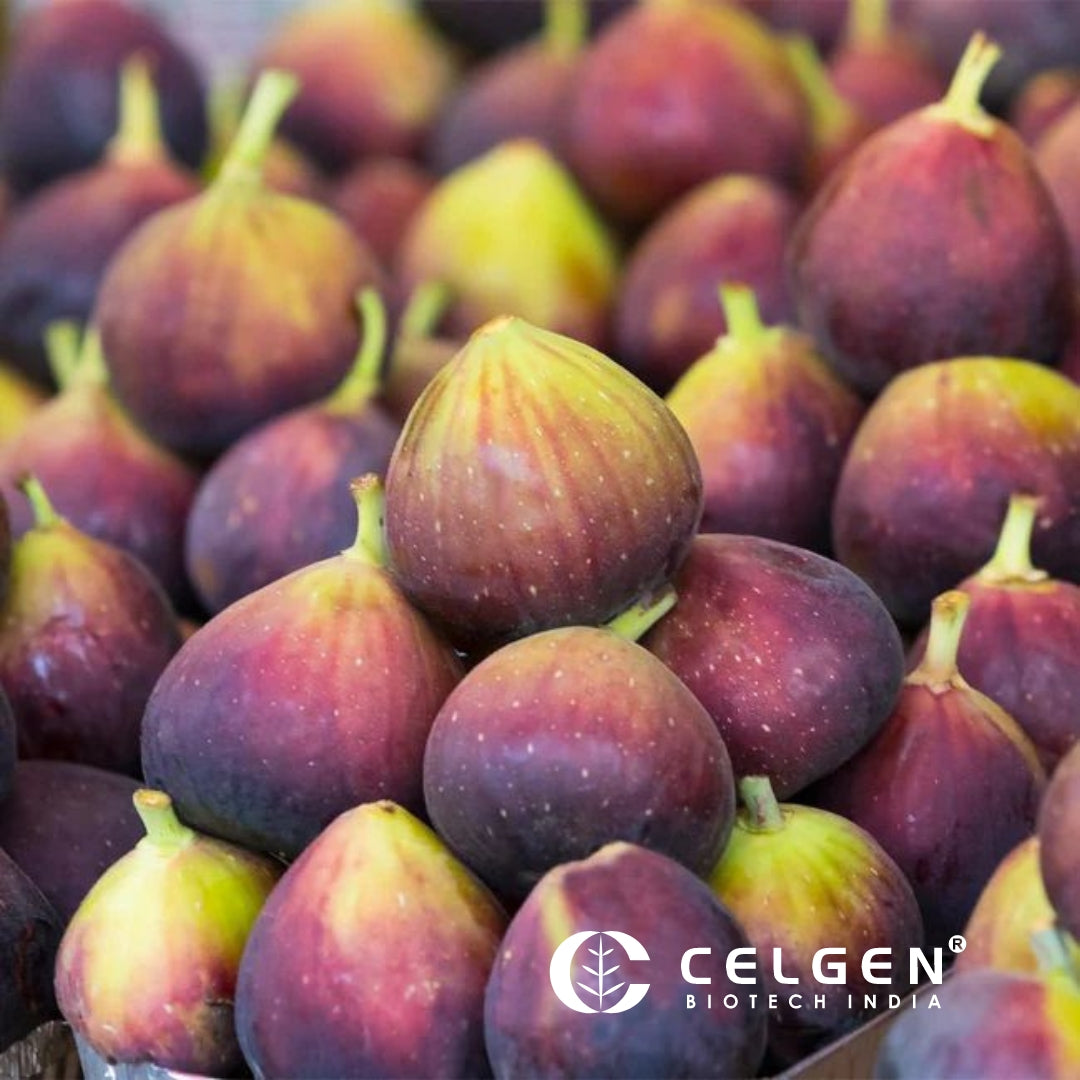
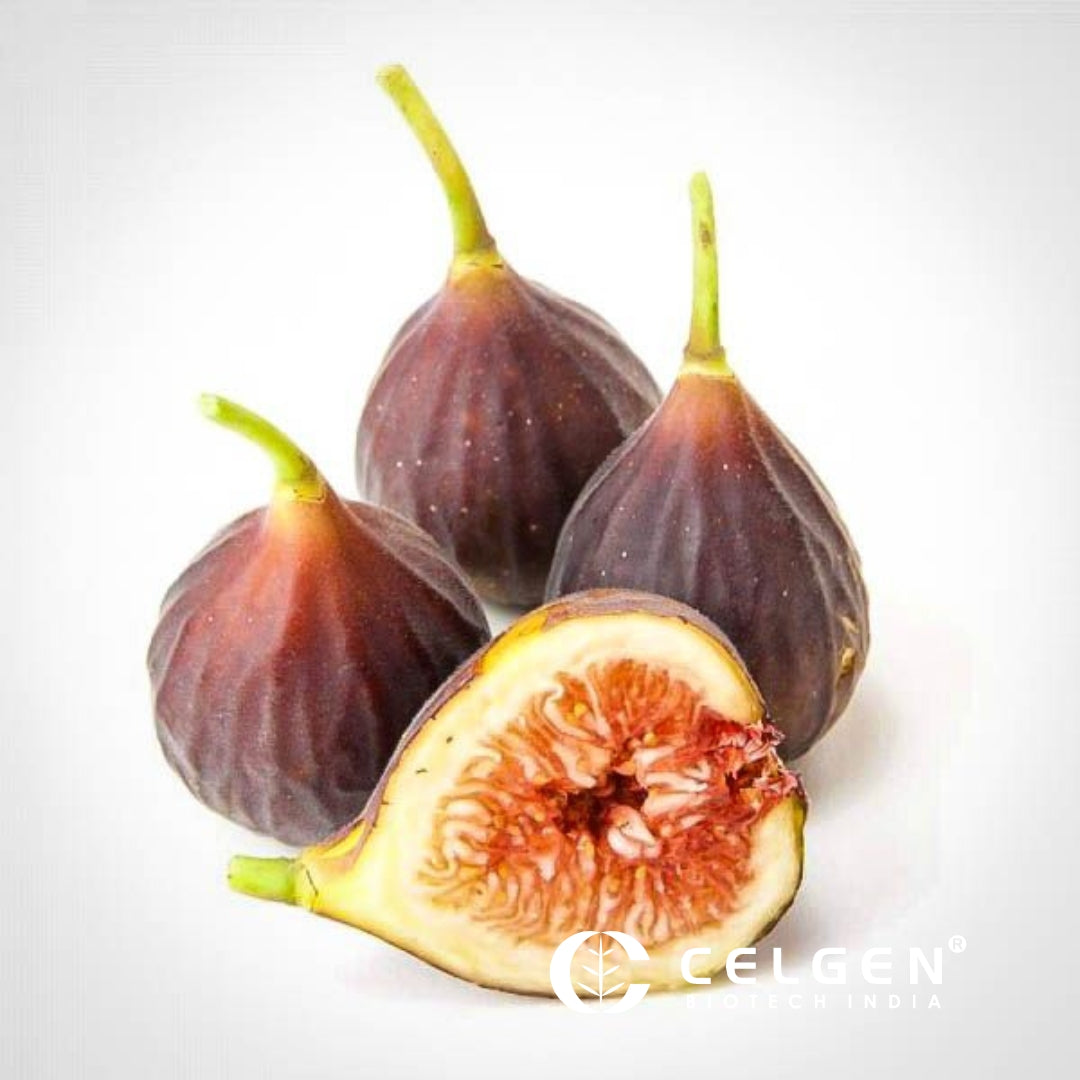
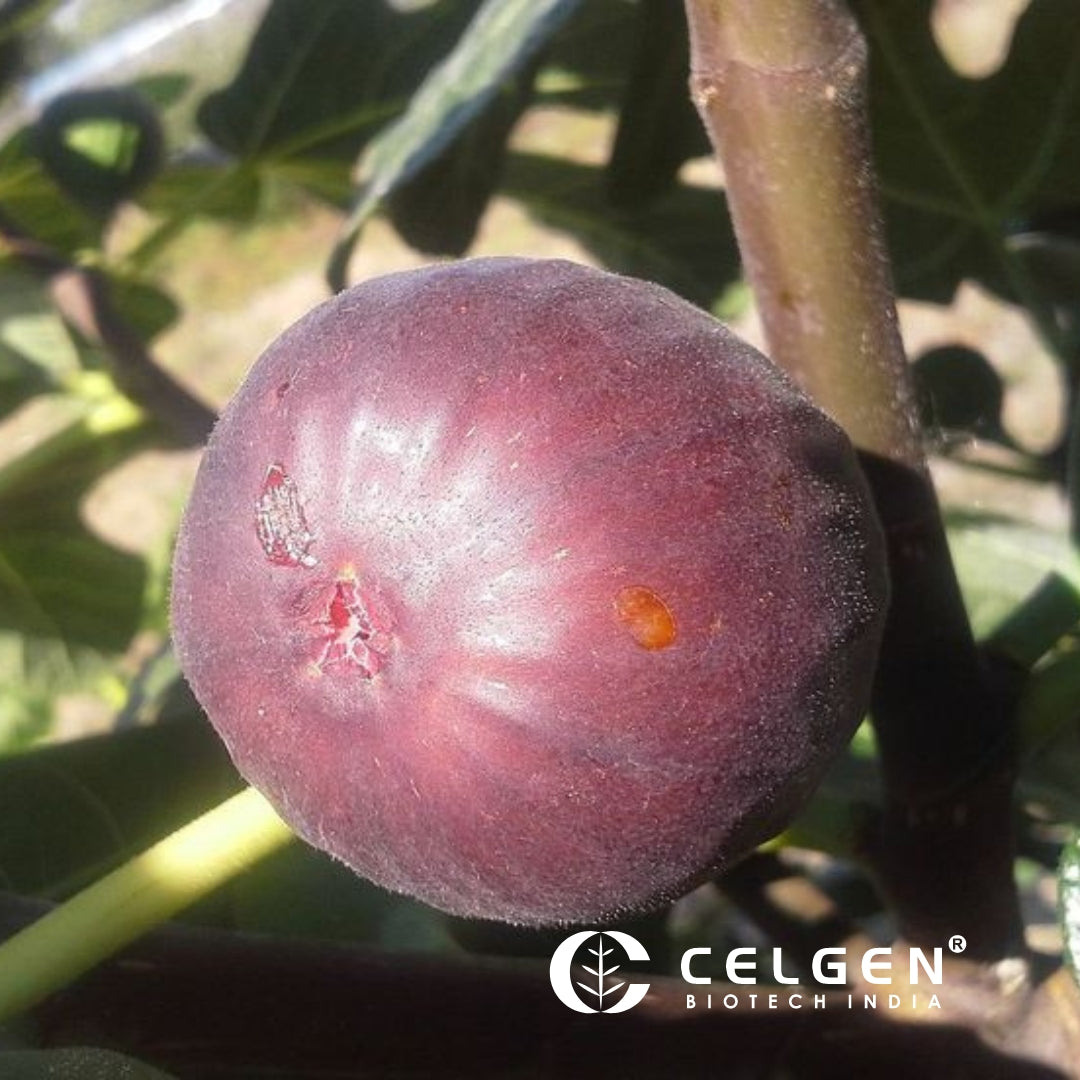
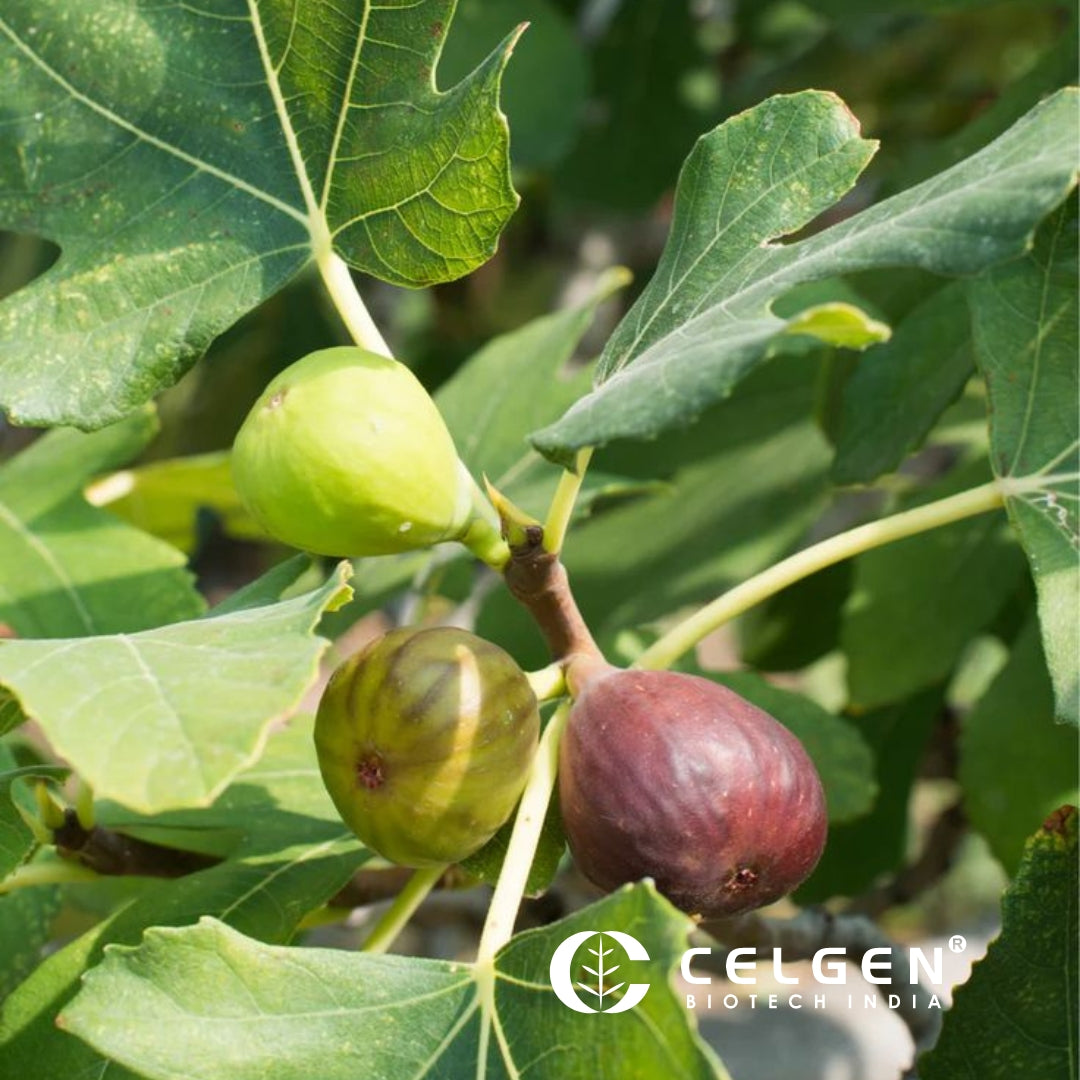
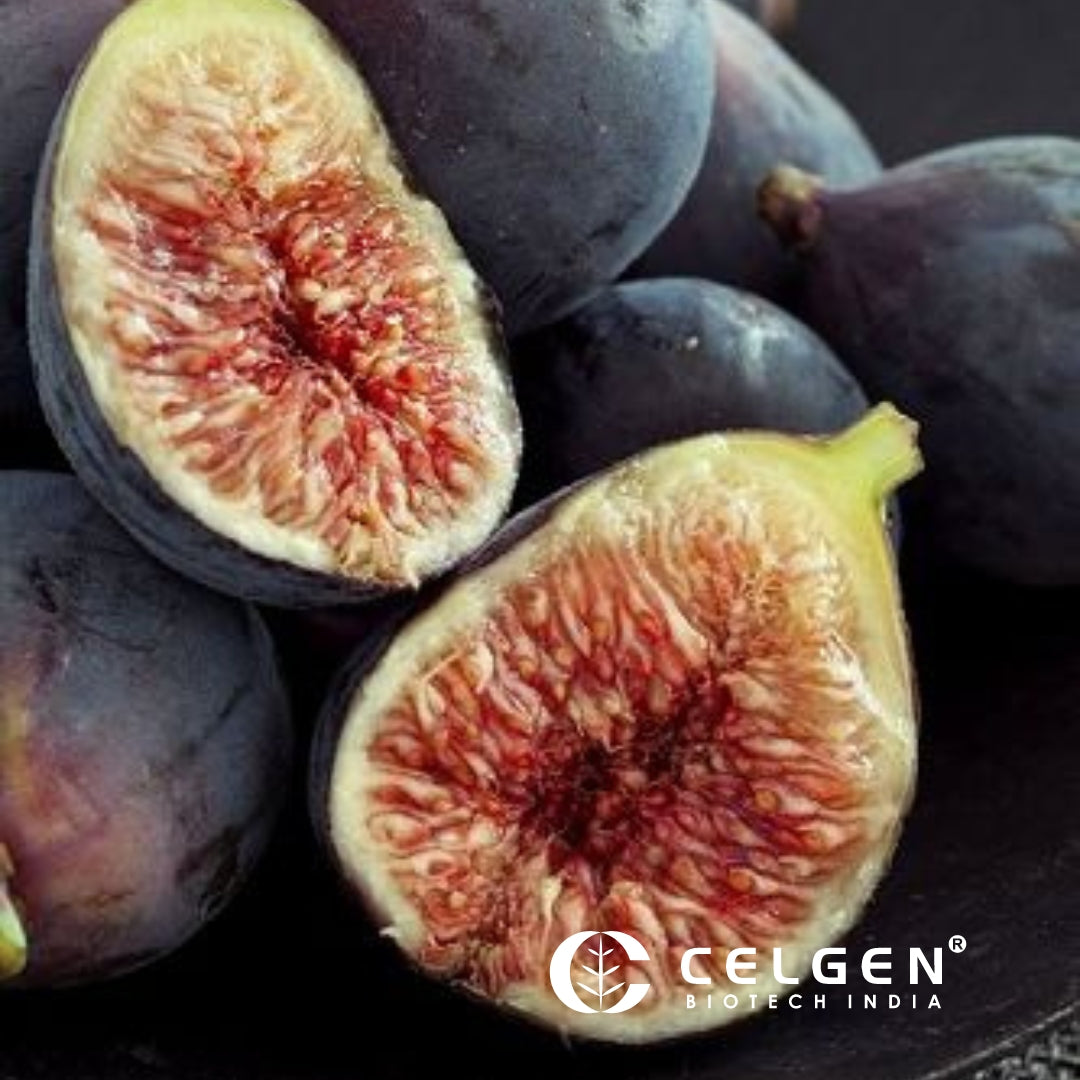
Everything is superb. packing is so professional
Packing done with utmost care
Would love to buy again from you
Dear Cellgen
I received the plant only two days ago and when unpacked the plant looked like it will not survive. It only had 1 leaf of 3mm sized on the tip. It was immediately potted and I hope it will survive.
I expected faster order fulfilments and a healthier looking plant.
Regards
Dr Sailendra Bhaskar
The plant came with no leaves intact, I thought I'd lose the plant. Its now sprouting new leaves. The plant is a healthy one, I guess the damage was caused during transport. I really would like my plants to have more leaves!







